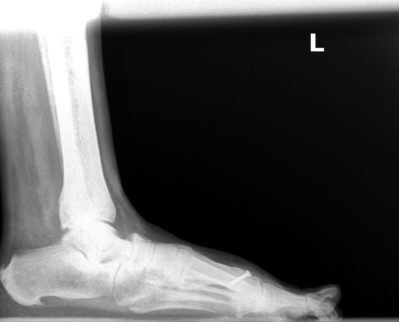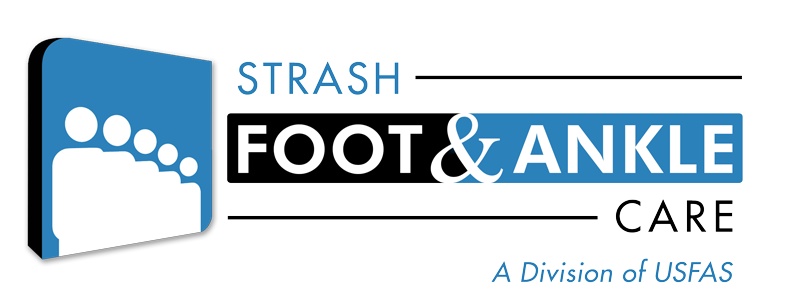
04 Mar The Acquired Foot You Don’t Want
If your arch or areas close to the ankle hurt it may not be plantar fasciitis. It may be another very common foot and ankle problem.
I’ve written about painful plantar fasciitis in the past and while the plantar fascia offers support to the arch, the posterior tibial tendon offers dynamic support to our feet while walking, particularly in mid-stance and while pushing off. Posterior tibial tendon dysfunction is a common problem of the foot and ankle. With excessive weight bearing, and yes, excessive body weight, the posterior tibial tendon may develop small tears (breakdown) and result in pain and inflammation to the inside ankle and arch area.
The biggest challenge and catch 22 I see with posterior tibial tendon dysfunction is in patients who want to lose weight. Many overweight patients come into the office telling me they recently started an exercise program that includes running (or other weight bearing exercise) and they now have swelling and pain to the inside arch area of their foot. They will also tell me their “foot looks deformed” and they feel their arch may have flattened. And it does! This flattening can actually happen and the other term for this is “adult acquired flatfoot.” This is a flatfoot that develops with age, increased weight and activity.
The good news is many patients can have relief when treated with conservative means, but it’s not a quick recovery. Even with early treatment pain can last longer than three months and for patients that have been symptomatic for several months, it’s not uncommon for the pain to last another six months after treatment. So what works? Rest, ice, immobilization (cast or ankle brace), non-steroidal anti-inflammatory medications, steroid injections (with cast immobilization or bracing), prescription orthotics, braces and physical therapy. So there are many ways to approach and heal posterior tibial tendon dysfunction but if these measures fail then surgery is the next step… to make your steps less painful.
With unsuccessful conservative treatment for adult acquired flatfoot, your foot and ankle surgeon may recommend reconstructive surgery (ask and be sure your podiatrist is board certified in reconstructive rearfoot/ankle surgery https://www.abfas.org/). X-rays are part of this evaluation and your surgeon will want to evaluate your joints and look at various measurements and angles. An MRI may also be ordered to confirm the diagnosis and evaluate the quality of the posterior tibial tendon. The type of surgery can vary from cleaning of the tendon (tenosynovectomy), a gastrocnemius recession or achilles tendon lengthening, tendon transfer, osteotomy, bone fusions and combinations thereof. The recovery time is dependent on the surgical procedures chosen by your foot and ankle surgeon. Most patients do very well with surgery and usually the more severe the problem, the more involved the surgical procedures and recovery.
If you’re having pain and swelling to the arch, have a job that requires you to be on your feet for extended hours or have recent pain due to exercising you may have posterior tibial tendon dysfunction. You don’t need to live in pain when you don’t have to! If the pain and swelling persists more than a few days, give me a call. It’s always my number one priority to helping you place your best foot forward, again.

